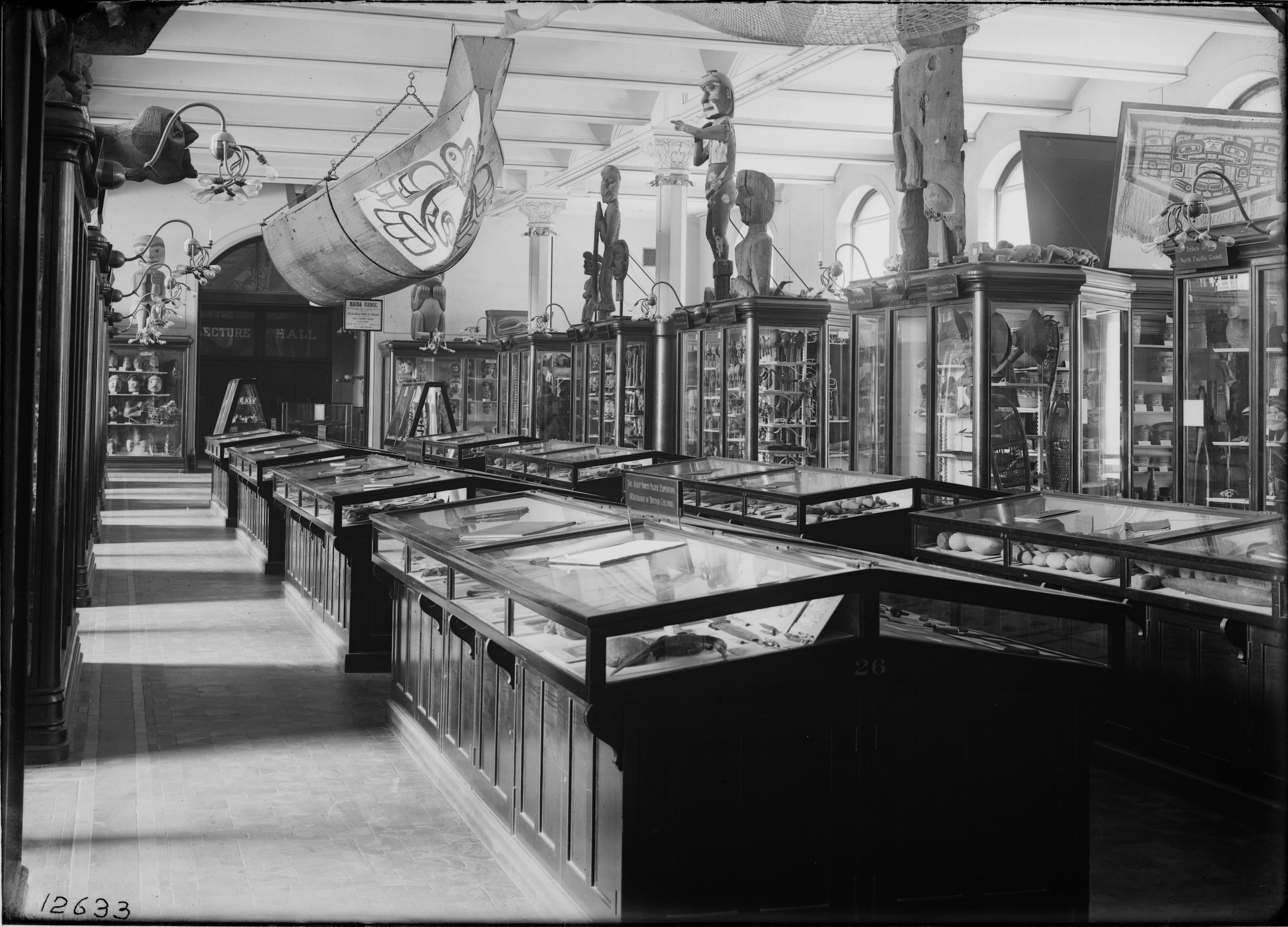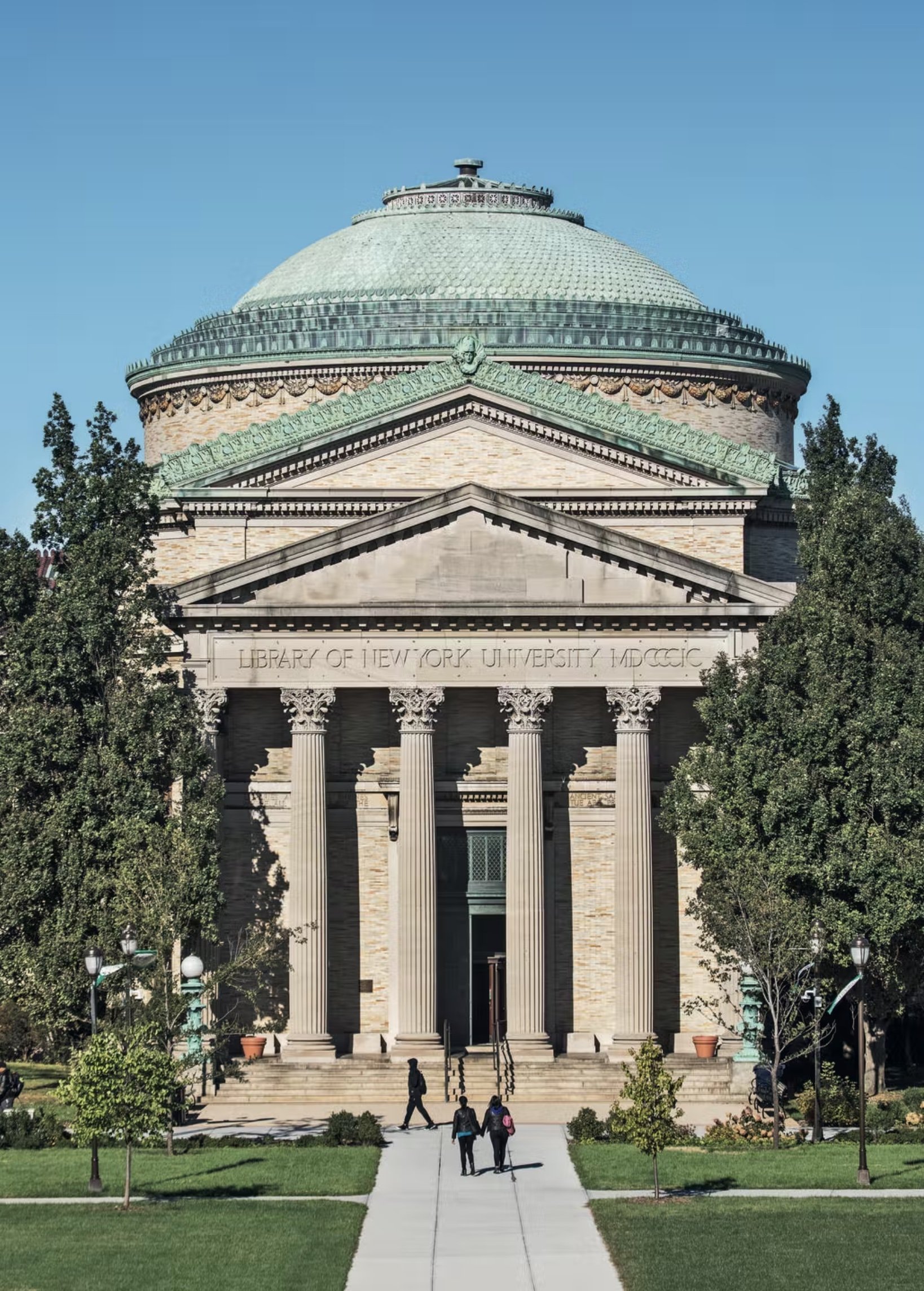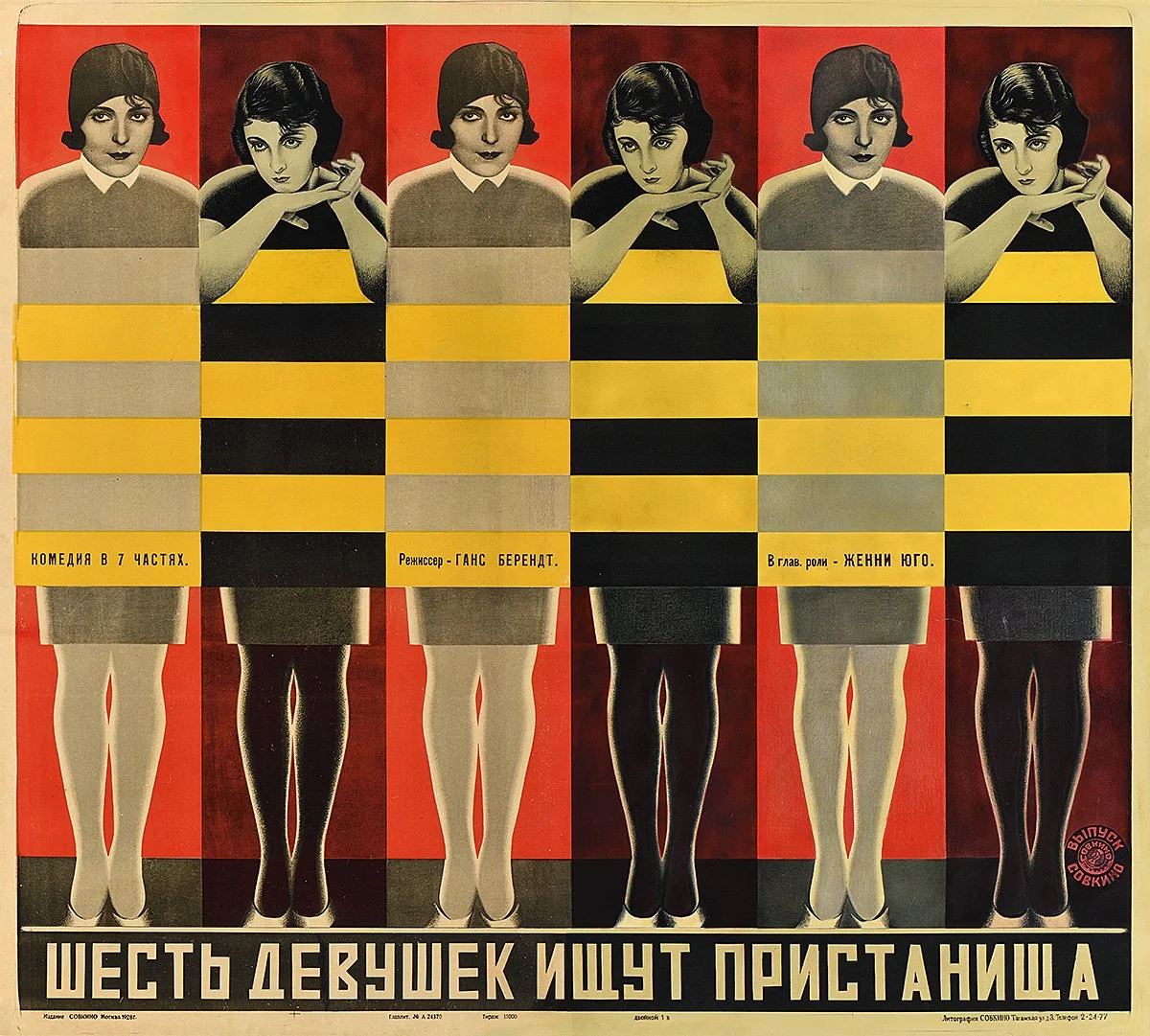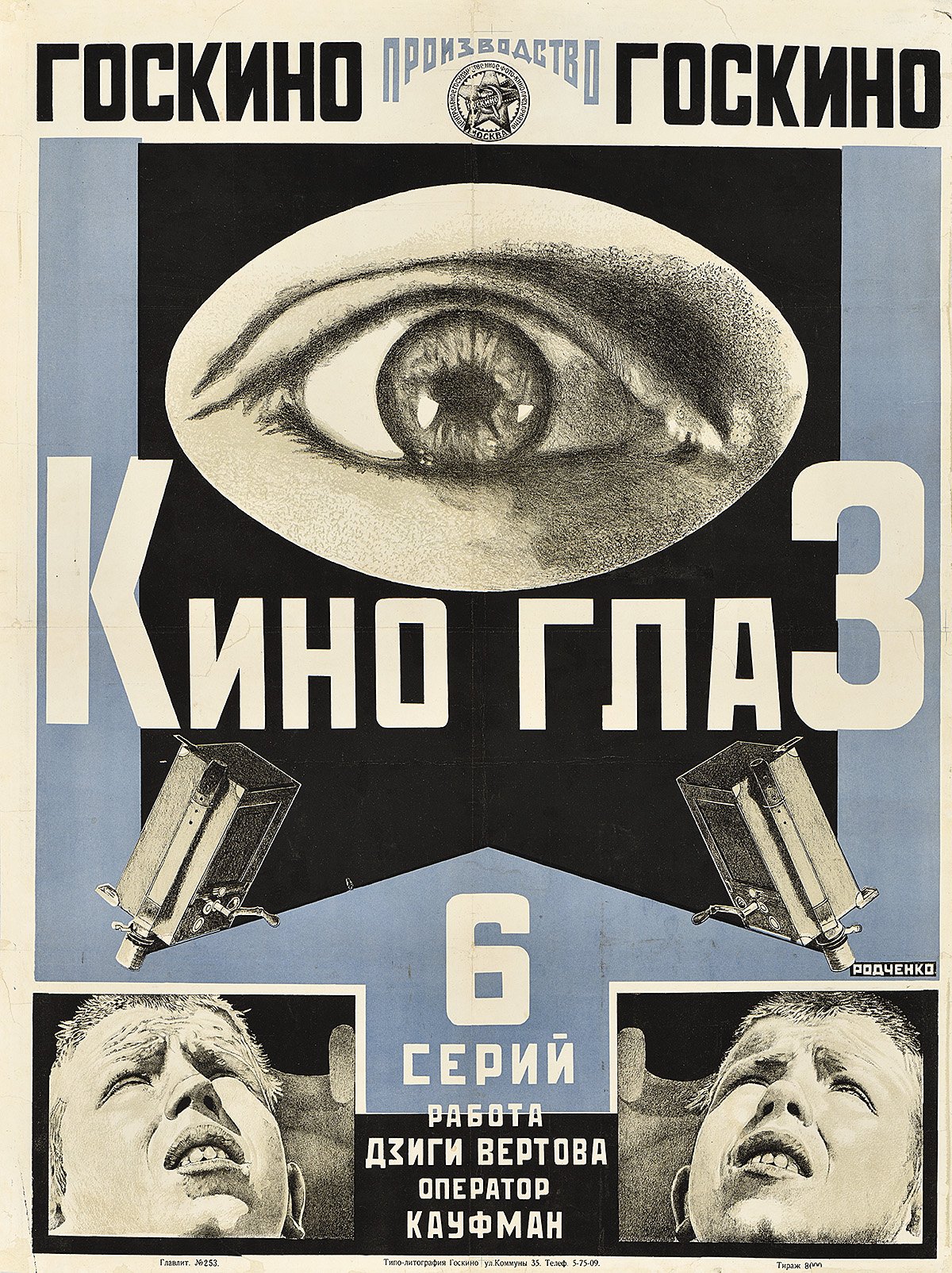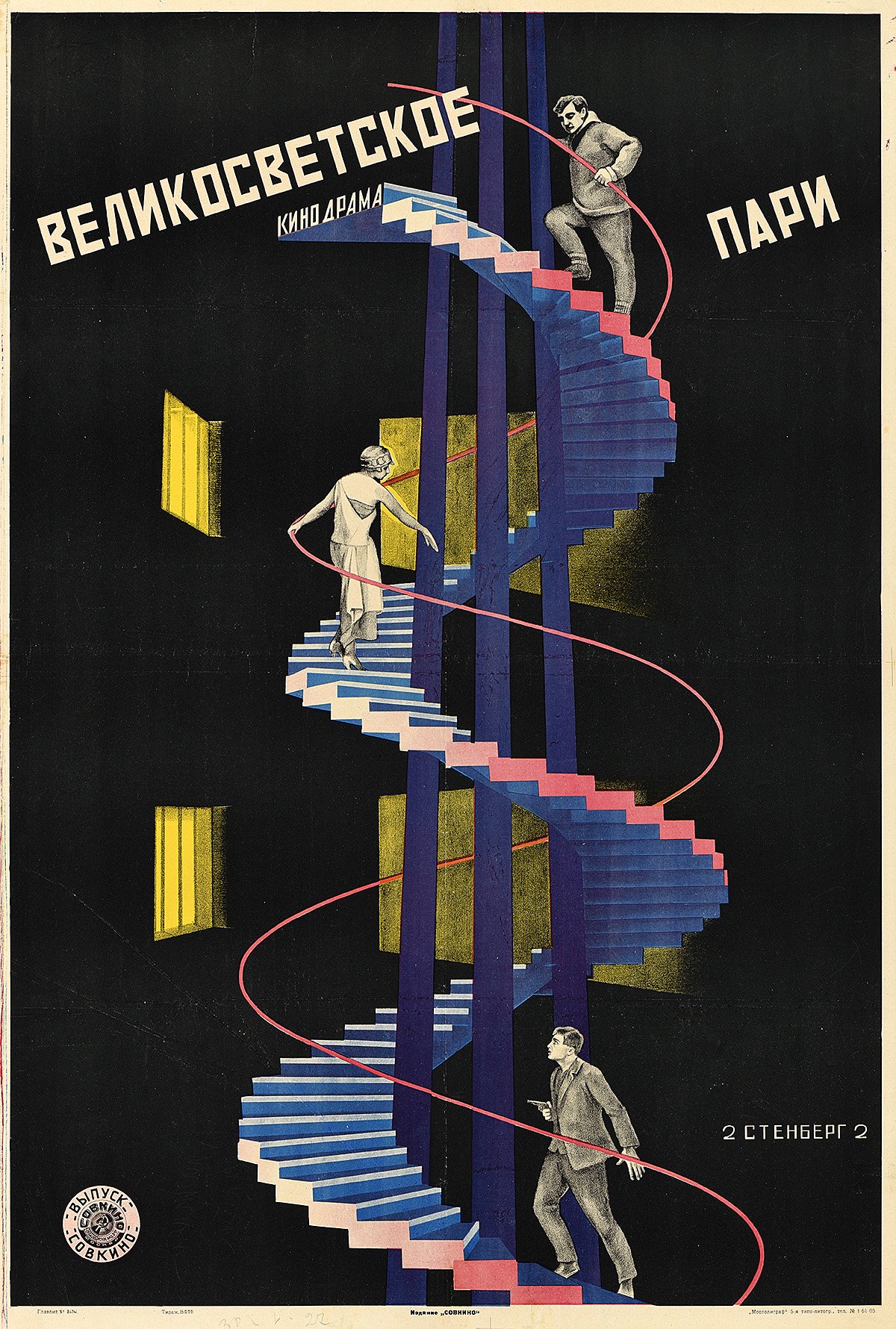THE NEW CRITERION, September 2022
On the newly redone Northwest Coast Hall at the American Museum of Natural History.
The museum of today dislikes the museum of yesterday. That’s clear enough as the buildings, the collections, and the curators of the past are branded suspect and even denounced by the leadership of the present. Nowhere has this been more evident than at New York’s American Museum of Natural History. For years the institution has been on an apology tour for America and its relationship to nature and history, all the while turning the museum into a vitrine of virtue-signaling politics. Artifacts from its Hall of South American Peoples, such as the shrunken heads of the Shuar Indians of Ecuador, have been effaced from view. A diorama of “Old New York” depicting trade between the Dutch settlers and Lenape tribesmen has been graffitied over with content warnings. (“The scene offers only stereotypical representations and ignores how complex and violent colonization was for Native people.”) At the same time the museum has shown increasing contempt for its visitors, who must now queue outside for an hour or longer just to pass through a phalanx of security- and covid-theater.
Early this year this progressive onslaught reached a fever pitch as the institution jackhammered up the equestrian statue of Theodore Roosevelt from the museum’s memorial rotunda that bears his name. This work by James Earle Fraser, based on Verrocchio’s grand equestrian statue of Bartolomeo Colleoni, had been an integral part of John Russell Pope’s original 1928 museum design (see “A classical illness” in The New Criterion of September 2020). I am still astonished the museum went through with this act of vandalism, which was an affront to the city, not to mention an insult to our twenty-sixth president. The museum has now deprived future generations of its own history as embodied in its art and architecture. It has also shown itself to be at the beck and call of the woke mob, when even those artifacts bolted to the pavement are no longer safe from erasure. As Ellen Futter, the museum’s director of the past three decades, has just announced her retirement, one can only hope that the censorious managerial class she represents will go the way of the dinosaurs.
Against the backdrop of our own tribal politics, the study of culture, in which the American Museum of Natural History was once an unapologetic leader, can still come as particular relief. Even as it now eats itself, the institution, in its founding mission, was an ark for the world’s traditional cultures at a moment when many of them were under threat or vanishing. At no time was this more evident than under the guidance of the anthropologist Franz Boas (1858–1942). Over a century ago the museum through his work preserved the customs and artifacts of the tribes of the Pacific Northwest in astonishing ways that continue to enrich us today. This preservation has been especially valuable as those tribes under Canadian jurisdiction faced a government that outlawed their rituals and destroyed their artifacts as a matter of policy for nearly a century. In 1899 Boas’s Northwest Coast Hall opened in the museum’s first wing. Today it remains the oldest exhibit on view, and in its original location. Now after a five-year renovation, the hall has reopened. The results should still remind us of the genius of Northwest Coast culture and the achievements of Boas and his colleagues in preserving it. At the same time the renovation signals troubling new directions for anthropological display.
The old Northwest Coast Hall. Photo courtesy of American Museum of Natural History.
The ten nations that make up the Northwest Coast tribes—Tlingit, Haida, Nisga’a, Gitxsan, Tsimshian, Haíltzaqv, Nuxalk, Kwakwaka’wakw, Nuu-cha-nulth, and Salish—at one time enjoyed an abundance of natural resources that allowed for the development of a richly artistic and performative culture. This abundance was celebrated through the “potlatch,” an elaborate social pageant where rank and status were conferred through the ritual sacrifice of some of these resources. As a field researcher in British Columbia, Boas did not just amass the tribal artifacts of the peoples living there. He also studied their tribal customs, in particular those around the potlatch. Working with George Hunt, an English-Tlingit guide married to a Kwakwaka’wakw native, in 1897 Boas published The Social Organization and the Secret Societies of the Kwakiutl Indians, an extensive monograph that recorded their ceremonies, songs, and language in relation to their artistic materials—in particular the transforming, animistic wooden masks of the Kwakwaka’wakw.
A map of the Northwest Coast tribes. Photo courtesy of American Museum of Natural History.
The complexities of these native practices, especially the ritual destruction of resources, were used as justification by the Canadian government for banning the potlatch and subsequently confiscating and destroying their artifacts, through laws that were in effect from 1884 to 1951. While motivated by the “best practices” of the age, which sought to assimilate native populations into Canadian culture, these statutes were an injustice that proved to be catastrophic for native art and custom.
It was the great ingenuity of Boas to work around Canada’s potlatch ban and complete his research. Rather than continue his field research in Canada, he arranged for Hunt and his extended family to live for seven months in 1893 in an ethnographic display as part of the World’s Columbian Exposition in Chicago, where he could study the Kwakwaka’wakw outside of Canadian jurisdiction.
When Boas’s hall opened in 1899, he carried through his deep understanding of Pacific Coast cultures while respecting their tribal specificity. Thanks to his extensive field research, he was able to exhibit their artifacts on their own terms, in separate alcoves dividing the hall that were dedicated to each nation and its social practices.
By today’s standards, Boas’s tenure at the museum was not without fault. A family of Greenland Inuits lived and died in his care at the museum in 1897. After staging a mock funeral for the benefit of the one boy, Minik Wallace, who survived, Boas in fact dissected his father’s body and placed it in the museum’s collection. Wallace dedicated his life to the return of these desecrated remains.
Boas’s approach to tribal research nevertheless revolutionized his field as he went on to found the department of anthropology at Columbia University. Zora Neale Hurston, a disciple of Boas at Barnard, applied his groundbreaking methodology to preserving the folkways of the black South. The structural anthropologist Claude Lévi-Strauss likewise credited Boas with inspiring his own methodology in the 1940s, leading to his 1975 book The Way of the Masks.
In some aspects of the new Northwest Coast Hall, the legacy of Boas can still be felt. The tribal alcoves have been roughly retained. The Haida dugout canoe known as the “Great Canoe,” which for decades resided in the museum’s Seventy-seventh Street entrance, has been restored to the center of the hall where it appeared when the room first opened. Extensive labels also now accompany the restored artifacts, with some one thousand objects now on display. In the Kwakwaka’wakw section, for example, these labels describe and explain the fool masks of the red-cedar-bark ceremonies and the transformation masks of the myth of Siwidi, an ancestor taken by a giant octopus to an undersea kingdom who returns transformed as a sequence of sea animals.
The “Great Canoe” in the Northwest Coast Hall. Photo courtesy of American Museum of Natural History.
The problem with the new hall, and it is a big one, is in its curatorial voice. Some ten contemporary tribal members are listed here as co- and consulting curators. The results come off as exhibition by committee and anthropology as memoir. The wall labels are almost all presented in the first person. The distinctions between science and myth, subject and object, are nowhere maintained. “The Haíltzaqv people have lived on the central coast of British Columbia in and around Wáglísla (Bella Bella) since time began,” reads one wall text. “The case lighting has been darkened at the request of Tlingit advisors to reflect the cultural sensitivity of these items,” reads another.
The leadership at the museum is now so beholden to contemporary First Nations, or at least makes such a show of being beholden to them, that the presentation drowns out the very objects of history meant for display. “We need to talk about racism!” exclaims one introductory wall label in an extra-large font. “Systemic racism has been present here since first contact with white people and persisted to this current moment and this conversation,” goes the welcome video on repeat loop. On another wall, under the label “Support native art—made by Native artists,” we are given examples of decorated skateboards, sneakers, and basketballs.
For all of the verbiage now packed into this one hall—aimed at best obliquely at the museumgoer new to this cultural content—certain names and stories are notably absent. Gone is the remarkable history surrounding the transportation of that sixty-three-foot Great Canoe, the largest dugout canoe in existence, which until recently was included with its display. Created around 1878 from a single piece of Western red cedar, the canoe was acquired by the museum and moved by steamer to the isthmus of Panama, where it was transported by rail to the Atlantic, then shipped to a Manhattan pier, then moved to the new museum by horse-drawn wagon.
Also absent is the story of Franz Boas himself. You might think that if you are telling a story of the survival of culture, you would include the role of the curator who saved it. It is unfortunate that today’s anthropology museum must scrub itself clean of its own fingerprints to create the illusion of native curatorial control. A display dedicated to the history of the hall would make for a genuinely revelatory introduction.
Instead we now learn almost exclusively of the museum’s historical mistakes. “An anthropologist working for the Museum recorded scant information about this carved house post when it was taken in 1909 from Haida territory in Alaska,” says one label. “Beginning in the latter half of the 1800s, anthropologists and other unsanctioned ‘collectors’ took the belongings and stole the actual bones of our Ancestors,” reads another. The only place Boas now appears, at least that I could find, is in the display of his remarkable 1896 model of the Kwakwaka’wakw village of Xwamdasbe’—“the earliest model of its kind still in existence,” reads the label. The text then proceeds to point out the model’s elisions and inaccuracies.
Today’s Northwest Coast Hall dwells in the present at the expense of the past. Lost finally in this modern-day political potlatch is a spirit of appreciation for the ancestors of anthropology. This is a sin of omission that rests on today’s museum leadership and its misleadingly selective use of native voices, not on these voices themselves.
Five years ago, Garfield George, the head of the Raven Beaver House of Angoon, Tlingit, accompanied at the podium by his young daughter, Violet Murphy-George, gave a dedication at the museum that deserves to be remembered. Since these words appear nowhere in the new hall, I reproduce them here:
In 1882 they set our canoes on fire, set our village on fire. Our food caches. But the canoe prow was taken care of by this great institution. It was one of the only canoes to survive the bombardment and was used to gather food. Gather materials. It was the canoe that saved us. Someone asked me recently if it is hard to see these objects in this museum. The answer is yes, it is, but it survived.
Today’s Northwest Coast Hall is a testament to all of those who worked for this survival—acknowledged and otherwise.

